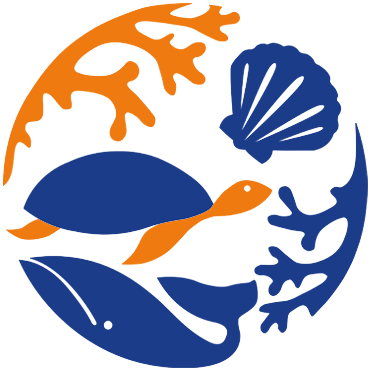Versuriga anadyomene (Maas, 1903)
Warning: DOMDocument::load(): SSL operation failed with code 1. OpenSSL Error messages: error:140770FC:SSL routines:SSL23_GET_SERVER_HELLO:unknown protocol in C:\Apache24\htdocs\includes\SpeciesSummary.lib.php on line 1236
Warning: DOMDocument::load(): Failed to enable crypto in C:\Apache24\htdocs\includes\SpeciesSummary.lib.php on line 1236
Warning: DOMDocument::load(https://sealifebase.nrm.se/webservice/AquaMaps/getAMap.php?genus=Versuriga&species=anadyomene): failed to open stream: operation failed in C:\Apache24\htdocs\includes\SpeciesSummary.lib.php on line 1236
Warning: DOMDocument::load(): I/O warning : failed to load external entity "https://sealifebase.nrm.se/webservice/AquaMaps/getAMap.php?genus=Versuriga&species=anadyomene" in C:\Apache24\htdocs\includes\SpeciesSummary.lib.php on line 1236
Envoyez vos Photos
Images Google |
No photo available for this species.No drawings available for Mastigiidae.
Images Google |
No photo available for this species.
Classification / Names Common names | Synonyms | CoL | ITIS | WoRMS
| Rhizostomeae | Mastigiidae
Environment: milieu / climate zone / depth range / distribution range Écologie
Pélagique. Tropical
Distribution Pays | Zones FAO | Écosystèmes | Occurrences | Introductions
Indo-West Pacific.
Length at first maturity / Taille / Poids / Âge
Maturity: Lm ? range ? - ? cm Max length : 60.0 cm WD mâle / non sexé; (Ref. 2992)
Description synthétique Morphologie
Up to 60 cm wide, quite flat, exumbrella with network of anstomosing furrows; in each octant about eight large semicircular velar lappets alternating with small, narrow lappets; arms-disk with filaments; mouth-arms about as long as disk radius, strongly laterally compressed, with numerous flat, membraneous branches, with small club-shaped vesicles and on ventral side tapering filaments; perradial rhopalar canals broad, without anastomoses, the interradial narrow, with numerous anastomoses.
Commensals: host to a fish, a crab, and a copepod (Ref. 116535).
Life cycle and mating behavior Maturité | Reproduction | Frai | Œufs | Fécondité | Larves
Members of the class Scyphozoa are gonochoric. Life cycle: Egg is laid by the adult medusa which later develops into a free-living planula, then to a scyphistoma to a strobila, and lastly to a free-living young medusa.
Référence principale
Références | Coordinateur | Collaborateurs
Kramp, P.L. 1961. (Ref. 2992)
Statut dans la liste rouge de l'IUCN (Ref. 130435)
statut CITES (Ref. 108899)
Not Evaluated
CMS (Ref. 116361)
Not Evaluated
Menace pour l'homme
Utilisations par l'homme
| FishSource |
Outils
Plus d'informations
Pays
Zones FAO
Écosystèmes
Occurrences
Introductions
Stocks
Écologie
Régime alimentaire
Éléments du régime alimentaire
Zones FAO
Écosystèmes
Occurrences
Introductions
Stocks
Écologie
Régime alimentaire
Éléments du régime alimentaire
Sources Internet
BHL | BOLD Systems | CISTI | DiscoverLife | FAO(Publication : search) | Fishipedia | GenBank (genome, nucleotide) | GloBI | Gomexsi | Google Books | Google Scholar | Google | PubMed | Arbre de Vie | Wikipedia (Go, chercher) | Zoological Record
Estimates based on models
Catégorie de prix
(Ref. 80766):
Unknown.


